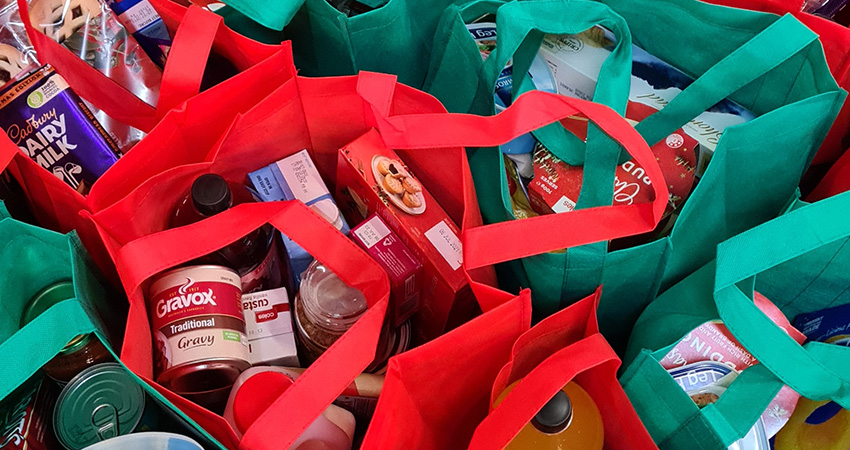Omnichannel grocery shoppers spend on average 20% more and shop more frequently compared to those that just visit the store, according to new research from Symphony RetailAI.
The survey, which analyzed Q1 sales data across 421 million baskets in the U.S. and Europe, also found that while half of first-time e-grocery shoppers made a single online purchase only, the other half become highly engaged and tend toward loyalty.
The data suggests that retaining online and omnichannel shoppers, and encouraging in-store shoppers to make online purchases, will yield long-term loyalty for retailers in the new grocery landscape.
While ecommerce represented just 8% of grocery sales in Q1, based on Symphony RetailAI’s data, it contributed 50% of total revenue growth, up 20% from Q4. eMarketer predicts that U.S. e-grocery, after seeing a massive 54% increase in 2020, will level out to the 17%-20% growth range through 2024. It pegged 2021 e-grocery sales at $113 billion, or 12.4% of all ecommerce.
Considering all shoppers observed in the study who made an online purchase in Q1, Symphony found 70% of them purchased again in that quarter, up from 50% a year earlier, before the pandemic set in.
In terms of loyalty, consumers who returned to a retailer’s online channel seven times in the first three months after shopping there for the first time were 3.4 times more likely to become a long-term customer, compared to someone who only made two visits.
Asked about the 20% lift in spend by omnichannel shoppers, Charisse Jacques, SVP and client partner with Symphony RetailAI, said the convenience of e-grocery is driving loyalty, in turn driving spend. “This could be why we also saw that 6% of incremental spend came from increased frequency,” Jacques said. “It’s not that these shoppers are switching to buy everything online. Rather, they can select the channel that best suits their situation or the purchase occasion.”
Considering that grocery margins are already razor thin, in the low single digits, and ecommerce fulfillment can get expensive fast, Jacques suggested some ways to avoid further erosion. This includes targeting more promotions toward long-term engaged e-grocery customers, as they have a propensity to be on the lookout for those deals.
“We also believe there is opportunity for retailers to focus on promoting their own brands on their website,” she said. “Our analysis shows that customers who are more likely to buy store brands have higher online penetration. So, a stronger online presence of these typically higher-margin products can help offset last mile operating costs associated with ecommerce.”
So-called white-label brands also provide an opportunity for retailers to present themselves as a “one-stop shop” by promoting low penetration, high-margin categories, as does Amazon. “These are primarily non-food categories that currently many grocers don’t even sell online,” Jacques said.

